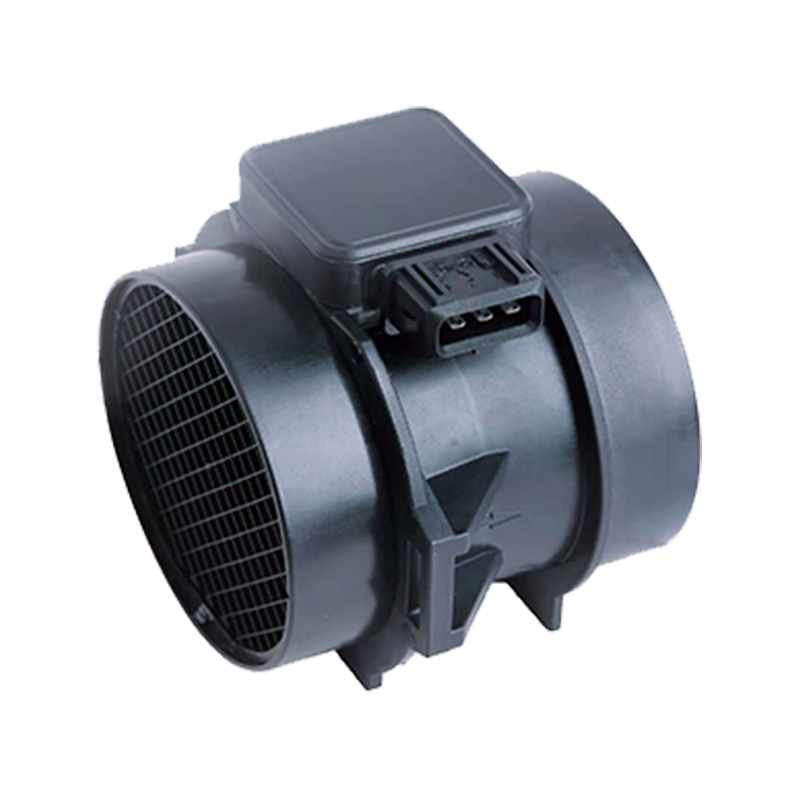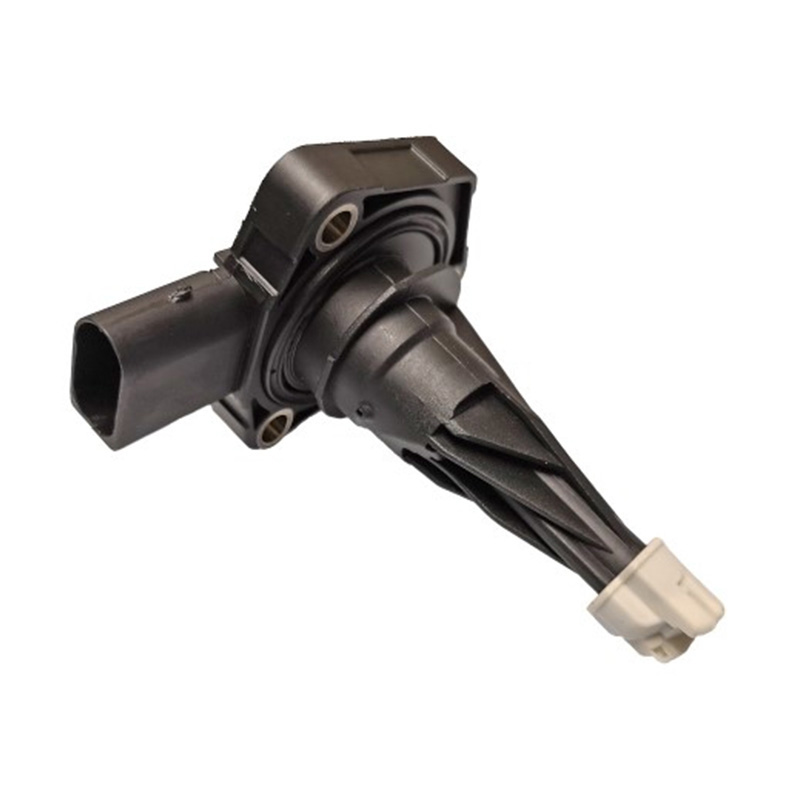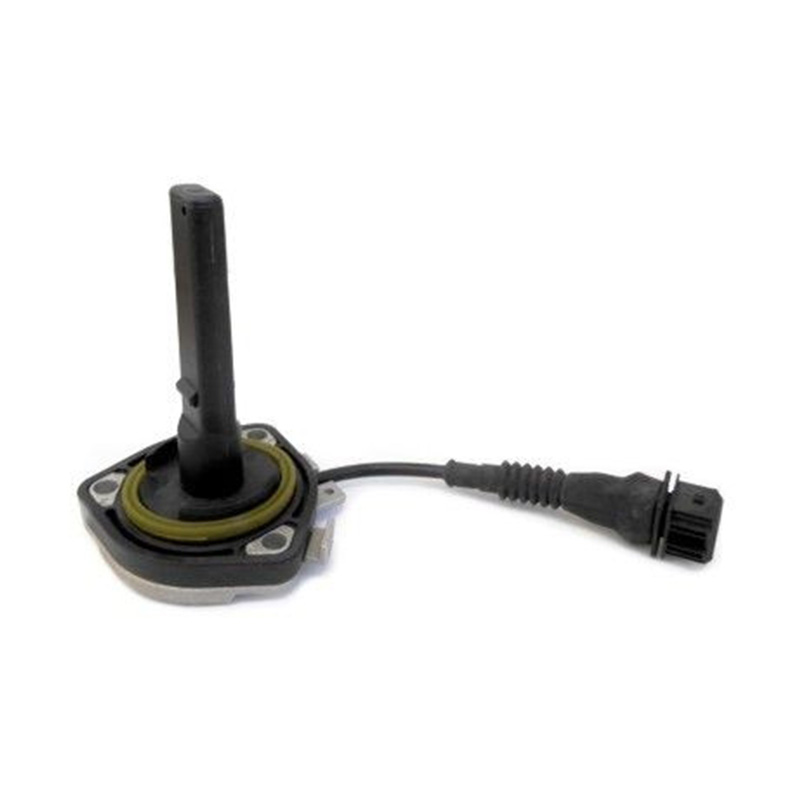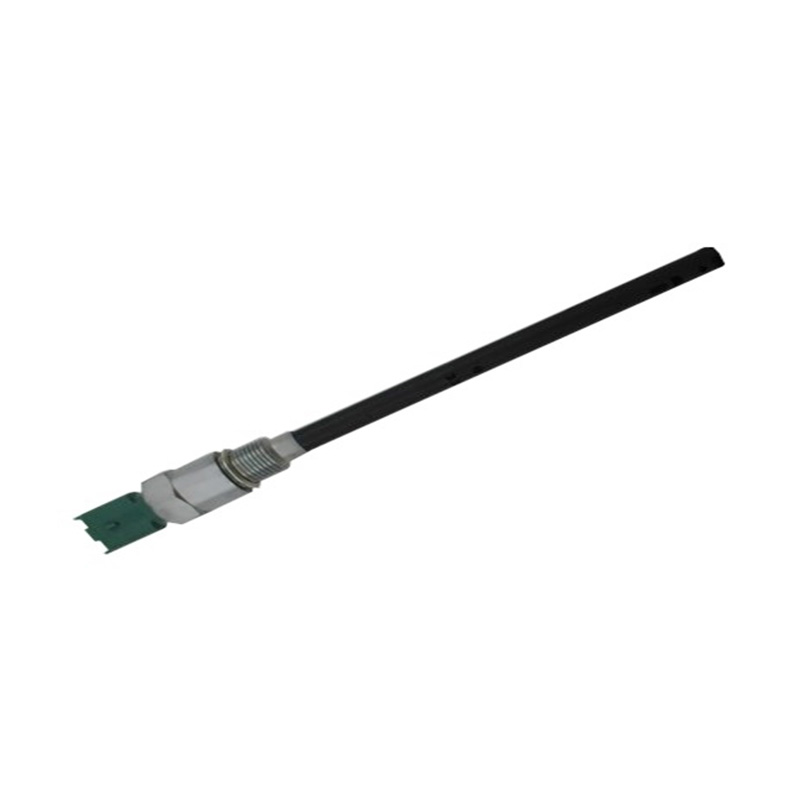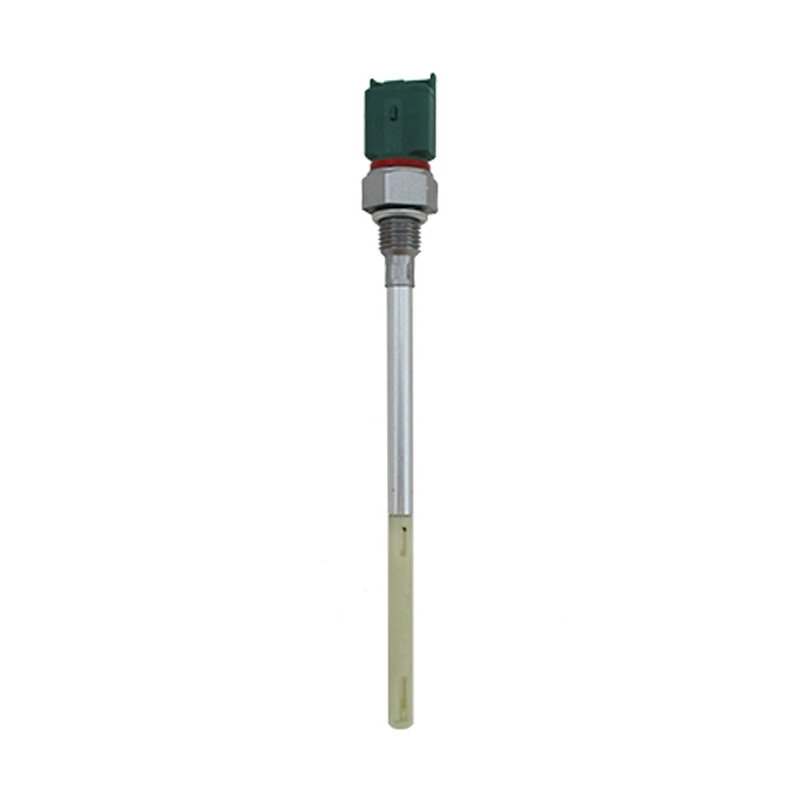OEM.NO: 5WK9608 5WK9608Z
See DetailsComparative Analysis of Optical and Ultrasonic Karman Vortex Meters
In the realm of fluid dynamics and industrial process control, accurate measurement of air flow is paramount. The Karman vortex air flow meter stands as a testament to the ingenuity of modern engineering, providing precise and reliable data for a myriad of applications.
Introduction to Karman Vortex Air Flow Meters
The Karman vortex air flow meter is a device that measures the flow rate of a fluid, typically air, by exploiting the vortex street phenomenon. Named after Theodore von Kármán, these meters create a pattern of vortices in the fluid flow, which can be correlated to the flow rate. The optical and ultrasonic variants of the Karman vortex air flow meter offer distinct advantages in different measurement scenarios.
Optical Karman Vortex Air Flow Meter
The optical Karman vortex air flow meter is a non-intrusive device that uses light to detect the frequency of the vortices shed by a bluff body in the flow stream. This technology is favored for its:
1. High Accuracy: The optical detection of vortices is precise, professional to highly accurate flow measurements.
2. Low Maintenance: With no contact between the sensor and the fluid, the optical Karman vortex air flow meter requires minimal maintenance.
3. Wide Range of Applications: It is suitable for various gases and can handle a wide range of flow rates and temperatures.
Ultrasonic Karman Vortex Air Flow Meter
On the other hand, the ultrasonic Karman vortex air flow meter employs ultrasonic transducers to measure the time difference it takes for sound waves to travel up and downstream of the vortex street. This method is characterized by:
1. High Resolution: Ultrasonic technology allows for a high-resolution measurement, which is beneficial for detecting small changes in flow rate.
2. Immunity to Interference: Unlike optical sensors, ultrasonic meters are not affected by dust or dirt in the fluid, making them more robust in harsh environments.
3. Long Service Life: The lack of moving parts in ultrasonic sensors contributes to a longer service life and greater reliability.
Comparative Analysis
When comparing the optical and ultrasonic Karman vortex air flow meters, several factors come into play:
1. Measurement Principle: The optical meter relies on the interruption of light beams, while the ultrasonic meter depends on the propagation of sound waves.
2. Environmental Factors: Optical meters may be more sensitive to environmental changes such as temperature fluctuations, whereas ultrasonic meters are more resilient to these variations.
3. Cost: Optical sensors are generally less expensive to produce, but ultrasonic sensors may offer a better return on investment in applications where reliability and longevity are crucial.
Applications
Both types of Karman vortex air flow meters find applications across a spectrum of industries:
1. HVAC Systems: They are used to measure the air flow in heating, ventilation, and air conditioning systems to ensure good performance and energy efficiency.
2. Power Plants: In the power generation industry, these meters are critical for monitoring and controlling the combustion process.
3. Automotive Industry: They are used in engine management systems to measure the air intake for better fuel control and emissions reduction.
The optical and ultrasonic Karman vortex air flow meters are both sophisticated tools for measuring air flow with high precision. The choice between the two often depends on the specific requirements of the application, including the environment, the need for accuracy, and the budget. As technology advances, these meters continue to evolve, offering even greater accuracy and reliability for a wide range of industrial and scientific applications.
As the demand for accurate and efficient air flow measurement grows, the development and application of these meters will continue to expand, ensuring that the principles of the Karman vortex phenomenon remain at the forefront of fluid dynamics and process control technology.
